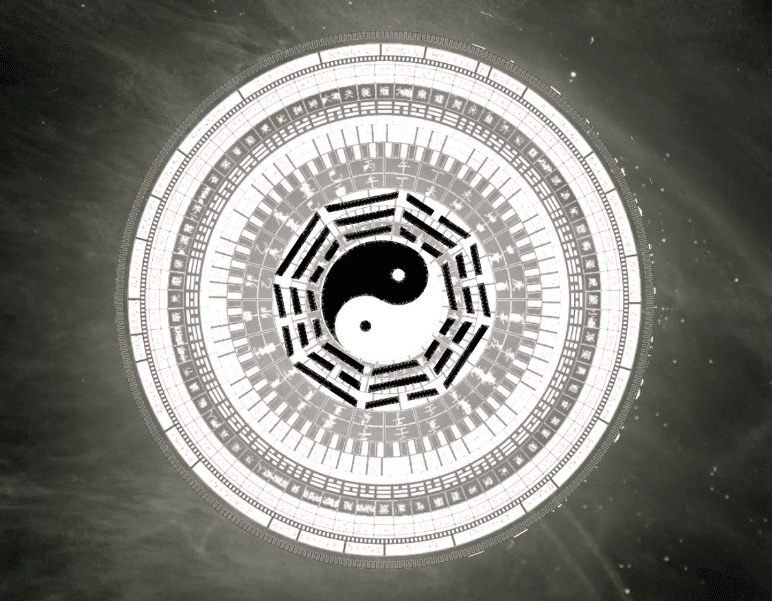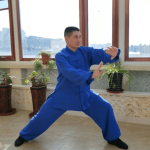The Tai Chi Symbol (Taiji), with its distinctive Yin-Yang fish, is a profound symbol that appears simple but carries deep philosophical meanings. It embodies principles of duality, balance, and continuous change.
What is Tai Chi (Taiji) ? What does the Tai Chi Symbol Mean?
- Definition of Taiji:
- Tai Chi (Taiji) refers to the two extremes of the universe: Yin and Yang.
- Yin and Yang are relative, interdependent, and mutually influential.
- Yin is characterized by coolness, stillness, and being internal.
- Yang is characterized by warmth, activity, and being external.
- In the universe, Yin and Yang alternate continuously and change, forming the cycle of growth, decay, and transformation of all things.
- Guidance for Human Life:
- Tai Chi (Taiji) is not only a description of the universe but also a guide for human life.
- Human life also has Yin and Yang aspects, such as:
- Internal and external
- Movement and stillness
- Self and others
- Taiji teaches people to pursue balance in life, to control the changes between Yin and Yang, making life harmonious and orderly.
- Tai Chi (Taiji) in Martial Arts:
- “Taijiquan” (Tai Chi) is a form of martial arts based on the philosophy of Taiji.
- It emphasizes the balance of movement and stillness.
- It focuses on the coordination of internal and external forces.
- It advocates self-regulation and bodily coordination.
- Taijiquan combines movement, breathing, meditation, and philosophy.
- It promotes physical health and cultivates mental and psychological qualities.
The 15 key insights drawn from the Tai Chi symbol
1. Unity of Opposites:
- The black (Yin) and white (Yang) parts represent two opposing forces that are unified within one circle
- symbolizing the unity and interdependence of opposites.
2. Continuous Change:
- The Yin-Yang fish chase and rotate around each other
- illustrating the continuous cycle of the day following night and endings following beginnings.
3. Gradual Development:
- The fish shapes, with large heads and small tails, signify the gradual process of development from small to large, from weak to strong.
4. Clear Boundaries:
- The distinct separation of black and white in the diagram reminds us to distinguish right from wrong and adhere to clear principles.
5. Relative Purity:
- The black fish has a white eye, and the white fish has a black eye, indicating that there is no absolute purity;
- Even opposites contain traces of each other.
6. Cooperation and Adaptation:
- The curved fish forming a complete circle suggests that group or family members should cooperate, adapt, and complement each other for mutual development.
7. Shared Direction:
- The close connection of the Yin-Yang fish symbolizes the importance of maintaining shared values and goals in relationships.
8. Dynamic State:
- The rotational movement of the fish represents the constant state of development and change in all things.
9. Balance of Opposites:
- The equal areas occupied by the Yin-Yang fish indicate that balance is essential in all aspects of life
- Promoting equality and harmony.
10. Hardness and Softness:
- The black and white colors can also represent firmness and gentleness
- Suggesting that effective management requires balancing these qualities.
11. Moderation:
- The equal division of black and white emphasizes the importance of maintaining balance and avoiding extremes in our actions.
12. Dual Nature of Events:
- The confinement of black and white within one circle signifies that fortune and misfortune, joy and sorrow are intertwined and inseparable.
13. Complex Paths:
- The S-curve traversing the diagram highlights that the path of development is full of twists and turns
- Requiring readiness for indirect approaches.
14. Freedom within Constraints:
- The diagram suggests that while freedom is essential, it must operate within certain rules and constraints.
15. Adaptability and Flexibility:
- The circular shapes and arcs in the diagram symbolize that adaptability and flexibility are crucial for progress, and avoiding rigidity.
How to Understand Tai Chi Symbol and Tai Chi Chuan
- The symbolism of Tai Chi (Taiji) represents contrasts and balance in life, such as:
- The balance between Yin and Yang
- The balance between movement and stillness
- The balance between the internal and external
- In the Chinese martial arts community, “Tai Chi Chuan” is a martial art based on the philosophy of Taiji, emphasizing:
- The balance of movement and stillness
- The control of power
- The coordination of internal and external forces
- “Taiji” is a profound and extensive concept:
- It is not just a philosophical thought but also a way of life and a cultural belief.
- It represents the Chinese traditional understanding and perception of the universe and life.
- It is an important component of Chinese culture.
Pictures of Tai Chi Symbol








More About Tai Chi


